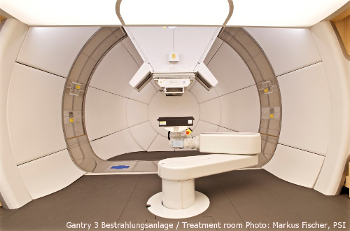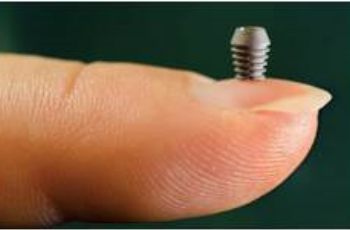Specialists in Glaucoma
7 Specialists found
Information About the Field of Glaucoma
What is Glaucoma?
Glaucoma is an eye disease causing damage to the optic nerve, which results in loss of vision in the visual field, the area that is visually perceived when the head is held straight. Once damage to the nerve cells has occurred, it is irreversible.
Glaucoma can remain undetected for a long time, as the first noticeable symptoms only appear in the advanced stages of the disease. Untreated glaucoma can lead to complete blindness. Glaucoma is one of the most common causes of blindness in industrialized countries. The risk of the disease increases with age.
What Causes Glaucoma?
Increased intraocular pressure is usually the cause of glaucoma. There are forms of the disease in which the intraocular pressure can also be within the standard range. The increase in pressure is caused by an imbalance between the development and outflow of aqueous fluid.
The aqueous fluid is a transparent liquid formed in the eye by the ciliary body and contains nutrients and substances for immune defense. It flows out through the chamber angle, an anatomical structure consisting of cornea and iris.
If more aqueous fluid is produced than can flow off, the pressure in the anterior chamber of the eye increases. The increased intraocular pressure leads to disturbances in the blood flow to the nerve cells, causing them to be damaged.
What Are the Symptoms of Glaucoma?
Glaucoma is usually painless and goes unnoticed for a long time. Only a very high increase in intraocular pressure can cause headaches. The first symptoms only appear when the disease has already reached an advanced stage.
In the Case of Visual Field Failure, One-Third of All Nerve Fibers Are Often Already Damaged.
The failures in the visual field are called scotomas. The field of view narrows curved from the outside to the inside. The failures in the visual field center are rather rare. Other symptoms include increased light sensitivity and colored rings around bright light sources as well as orientation problems.
What is an Acute Glaucoma Attack?
The disease usually develops over a long period. However, sometimes an acute glaucoma attack can occur. The sudden sharp rise in pressure interrupts the blood supply to the eye. Under certain circumstances, this can even lead to a sudden loss of vision. Such a seizure is always an emergency. The intraocular pressure and thus, also, the blood supply to the nerve cells must be normalized as quickly as possible.
Glaucoma Diagnostics: How is Glaucoma Diagnosed?
Glaucoma can develop unnoticeably over the years. When the first symptoms appear in the form of failures in the visual field, they are irreversible. The damage can only be stopped, or the progression of the damage slowed down.
Glaucoma Early Detection from the Age of 40
For these reasons, the focus is on the early detection of glaucoma. From the age of 40 onwards, the intraocular pressure should be checked at regular intervals. In cases of glaucoma or diabetes in the family, the examinations should be carried out from the age of 35.
The following examinations are usually carried out as part of the early detection of glaucoma. The described examinations are also used to diagnose existing glaucoma.
- An eye exam is part of the standard program of every ophthalmological examination. Patients who suffer severe hyperopia or myopia have an increased risk of glaucoma.
- An examination of the intraocular pressure (tonometry) should also be included in the early diagnosis.
- The ophthalmologist examines structures affected by glaucoma, the retina, and the optic nerve, using ophthalmoscopy.
- Other structures inside the eye can be made visible by a slit lamp examination. During this examination, the doctor sees the eye as if it was under a microscope. A narrow slit-shaped light beam of the slit lamp allows an optical cut through the eye's transparent sections. In this way, fine structures in the front part of the eye become visible, and the pathological changes can be diagnosed.
- The decisive examination is the visual field examination (perimetry). If necessary, other methods can also be used.
Glaucoma Treatment: How Is Glaucoma Treated?
An essential approach in the treatment of glaucoma is the reduction of intraocular pressure. The optimal intraocular pressure should be determined individually for each patient.
Eye Drops as Glaucoma Treatment
Glaucoma is treated with eye drops. The eye drops either increase the outflow or reduce the formation of aqueous fluid.
Glaucoma Surgery: Laser Treatment
With laser treatment or surgical procedures, the intraocular pressure can be reduced in severe cases. In this context, laser procedures are continually being further developed to ensure gentle treatment with optimal intraocular pressure reduction.
Similar to drug therapy, laser treatments follow two approaches. On the one hand, the sclerotherapy of the ciliary body influences the formation of the aqueous humor; on the other hand, the resulting scars allow an additional outflow for the aqueous fluid.
The laser treatment of the anterior chamber angle aims to improve the aqueous fluid's outflow, which reduces the intraocular pressure.
Laser iridotomy can be used for particular forms of glaucoma. In this treatment, a small hole is lasered into the iris. The iris separates the anterior and posterior chambers of the eye. Laser iridotomy creates a pressure equalization between the two eye chambers, which improves the flow of aqueous fluid.
Glaucoma Surgery: Trabeculectomy, Goniotomy, Micro-Implants, Canaloplasty
Surgical treatment of glaucoma also aims to improve the outflow of aqueous fluid to reduce intraocular pressure.
The two traditional glaucoma surgeries are trabeculectomy and goniotomy. In these procedures, an opening is made in the tissue of the anterior chamber of the eye, the trabecular meshwork, creating an artificial outflow path for the aqueous humor.
A newer method for glaucoma surgery is canaloplasty. A catheter is placed into the central outflow path of the aqueous fluid, the Schlemm’s canal. This catheter keeps the channel permanently open, which allows the outflow of the aqueous fluid.
Another new innovative surgical method is the use of micro-implants to ensure the outflow of the aqueous humor. This therapy option reduces the healing phase and is comparable to the results of canaloplasty.
What are the Prognoses for Glaucoma?
If not treated, glaucoma leads to complete blindness, as more and more optic nerve cells are damaged over time. For this reason, early detection of glaucoma is of central importance.
An appropriate treatment, which should be determined individually for each patient, makes it possible to stop the disease progression. Although the already damaged nerve cells cannot be repaired, new damage is prevented. Do not hesitate to contact one of our glaucoma specialists to stop the disease from progressing.
Which Doctors and Clinics are Specialized in Glaucoma in Germany and Switzerland?
Every patient who needs glaucoma surgery wants the best medical care. Therefore, the patient is wondering where to find the best clinic for glaucoma surgery.
As this question cannot be answered objectively, and a reliable doctor would never claim to be the best one, we can only rely on the doctor’s experience. The more glaucoma surgeries a doctor carried out, the more experienced he becomes in his specialty.
Therefore, glaucoma experts are ophthalmologists who specialize in the treatment of glaucoma diseases. Due to their experience and many years of working as eye specialists with a focus on glaucoma treatment, they are the right professionals to talk to when performing glaucoma surgery.
Sources:
augenchirurgie.clinic/erkrankungen/gruener-star
Lang, G.K.; Gareis, O.; Lang, G.E.; Recker, D.; Spraul, C.W.; Wagner, P.: Augenheilkunde. Stuttgart: Georg Thieme Verlag 2008.
Sachsenweger, Matthias; Klauß, Volker; Nasemann, Joachim: Duale Reihe Augenheilkunde. Stuttgart: Georg Thieme Verlag, 2002.
Medical Articles
Your benefits
If you have found a matching specialist, you can contact him/her directly and upload records if needed. And in case you need treatment, you can…
We will direct your request to the appropriate specialists
We are happy to assist you in choosing a specialist for your needs. The service of PRIMO MEDICO is always free, confidential and discreet for…
The treatment of scoliosis in transition - When is surgery necessary?
Scoliosis is a lateral deviation of the spine. This usually involves torsion of the individual trunk sections as well as a change in the side…
Specialists' Second Opition
Many people suffer from shoulder pain or hip problems. In this case, doctors quickly recommend surgical intervention. But is this really always…
High-tech against cancer: new treatment facility put into operation
At the Paul Scherrer Institute in Switzerland a new state-of-the art treatment facility, the so-called Gantry 3, has been put into operation.
Implants: "The Longer, the Better" Has Had Its Days
Ultra-short implants have a significantly better durability than expected by experts - with lower costs, treatment times, and complications.
Modern Prostheses for Natural Walking
The ankle joint is particularly susceptible to degeneration such as osteoarthritis. It has to bear the greatest weight of all joints in the body.



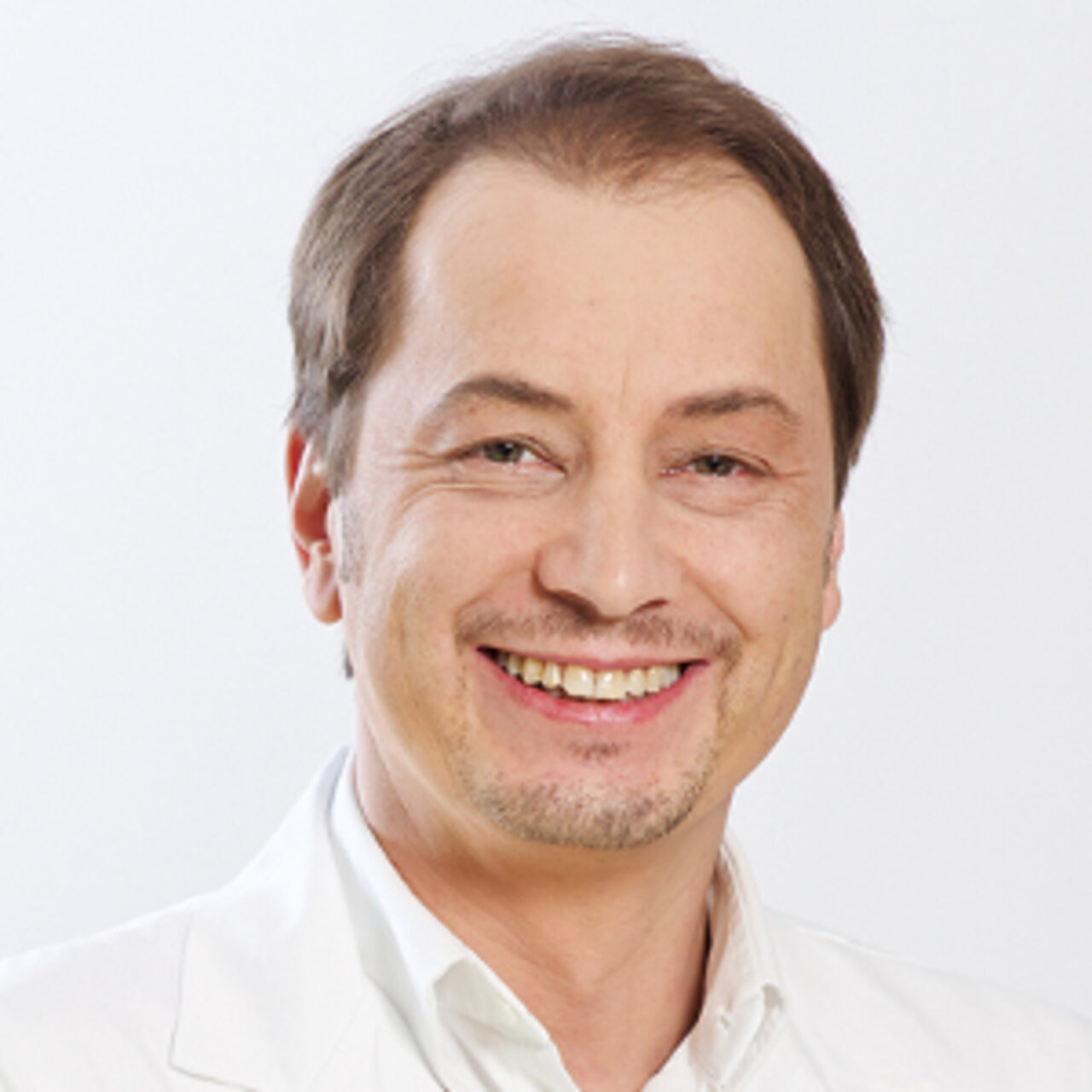
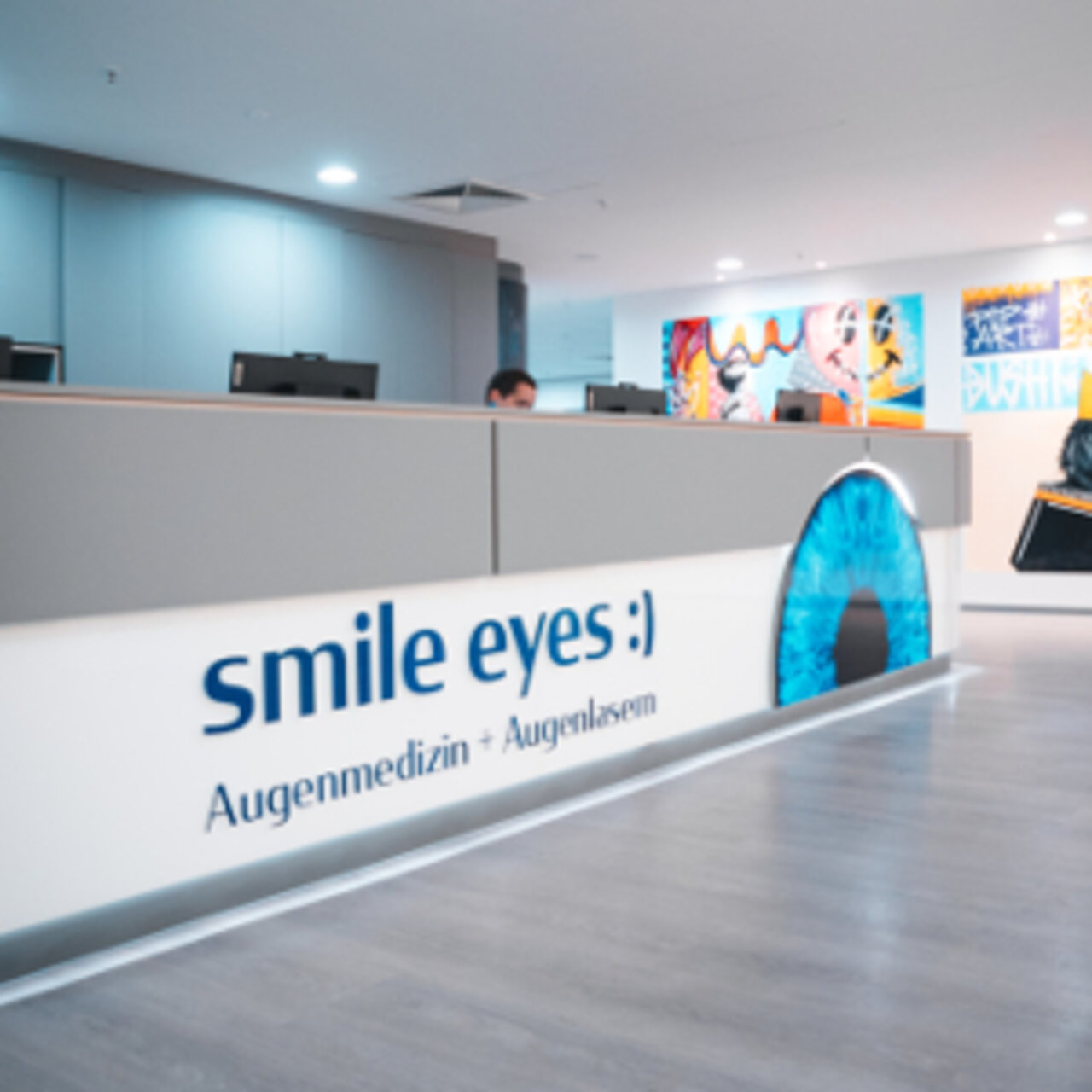
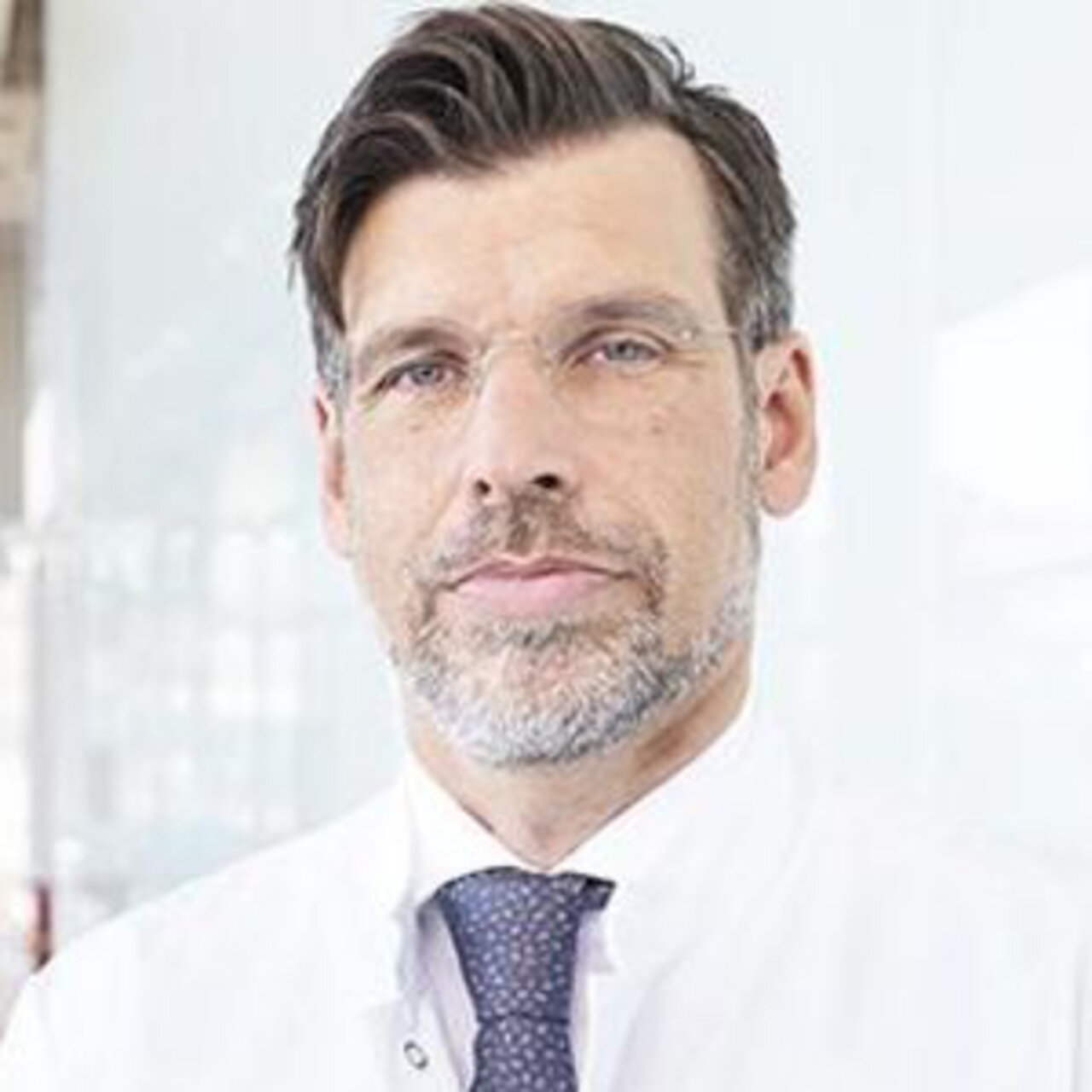
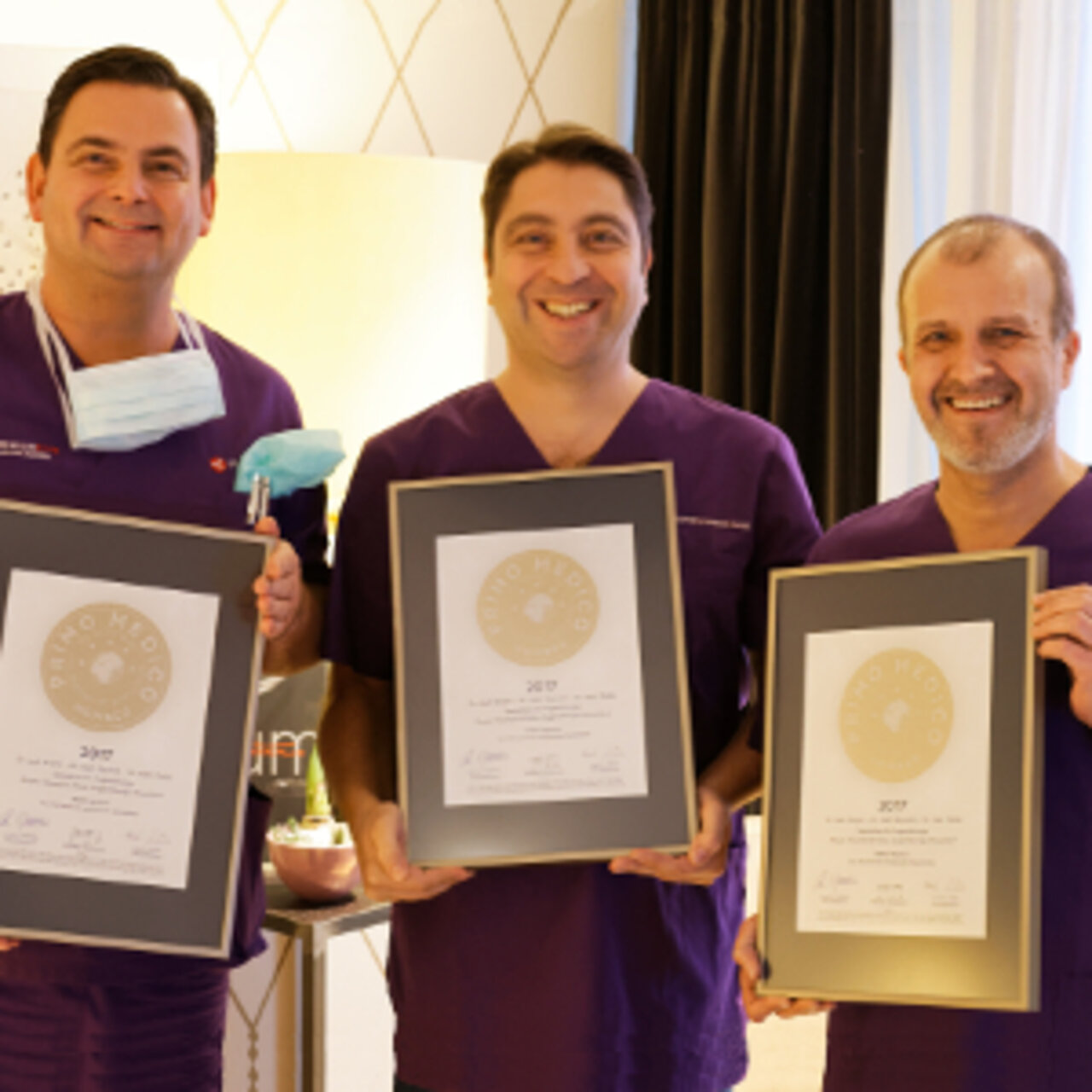



![[Translate to English:] Zweitmeinung von Spezialisten [Translate to English:] Zweitmeinung von Spezialisten](/fileadmin/user_upload/Zweitmeinung-von-Spezialisten_350px.jpeg)
